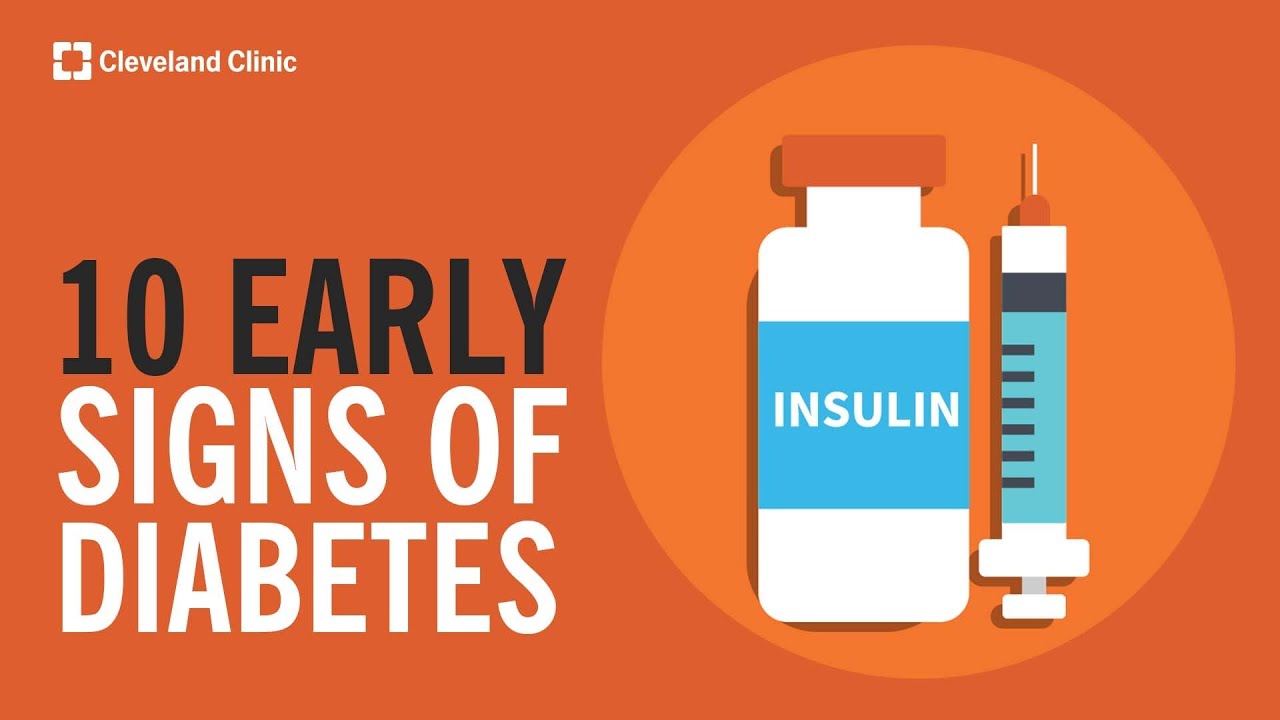Glycemic Control in Childhood T2DM
Reuters Health • The Doctor's Channel Daily Newscast
That finding comes from a study by Dr. Lorraine E. Levitt Katz and colleagues at The Children’s Hospital of Philadelphia and the University of Pennsylvania, reported in The Journal of Pediatrics issued online August 25.
The authors point out that insulin reserve over time in childhood type 2 diabetes mellitus (T2DM) is unknown. They write, “We hypothesized that children withT2DM would experience a more rapid decline in glycemic control than has been published for adults and that this decline would be more severe for those presenting with diabetic ketoacidosis (DKA).”
To look into that, the researchers followed 59 children with T2DM for up to 4 years. They were about 14 years old at diagnosis; 13 of them were initially in diabetic ketoacidosis (DKA), while 46 were nonacidotic.
The subjects were treated routinely with metformin, and insulin therapy was started at an HbA1c of 8.5% or higher
At baseline, insulin was required in 84% of all the patients, with higher doses needed in the group with ketoacidosis than in the nonacidotic group. Baseline HbA1c in the two groups was 13.0% and 9.8%, respectively.
“Within the first 6 months, the HbA1c levels in both groups reached a nadir and gradually rose after 1 year,” Dr. Levitt Katz and her associates found. “Over 4 years the HbA1c levels had risen with differences in the nonacidotic and DKA groups.”
In parallel with that, insulin requirements began to rise after 2 years, and by 4 years all of the subjects needed higher insulin doses. The highest median dose was in the DKA group. In adults, the rise in HbA1c is smaller and occurs over a longer period, the researchers note.
They conclude, “The more rapid deterioration of glucose control in children with type 2 diabetes is unsettling because of the myriad potential diabetic complications that may develop earlier than is seen in adults.”
Dr. Levitt Katz and colleagues say they await confirmation of their findings from a larger ongoing study by the National Institutes of Health.
Reference:
Glycemic Control in Youth with Type 2 Diabetes Declines as Early as Two Years after Diagnosis
J Pediatrics 2010.








